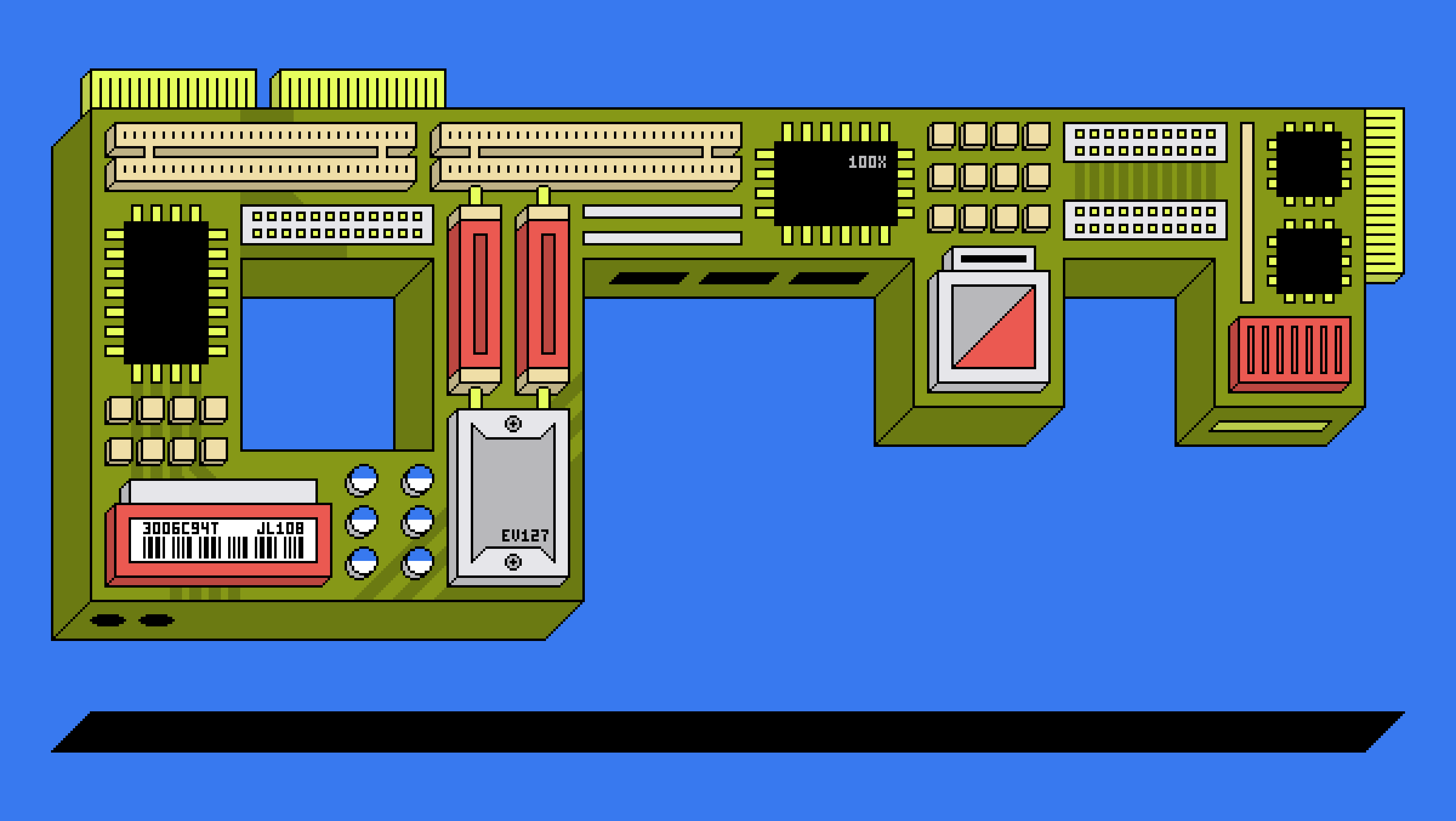A chip design that changes everything: 10 Breakthrough Technologies 2023
Computer chip designs are expensive and hard to license. That’s all about to change thanks to the popular open standard known as RISC-V.

WHO
RISC-V International, Intel, SiFive, SemiFive, China RISC-V Industry Alliance
WHEN
Now
Ever wonder how your smartphone connects to your Bluetooth speaker, given they were made by different companies? Well, Bluetooth is an open standard, meaning its design specifications, such as the required frequency and its data encoding protocols, are publicly available. Software and hardware based on open standards—Ethernet, Wi-Fi, PDF—have become household names.
Now an open standard known as RISC-V (pronounced “risk five”) could change how companies create computer chips.
Chip companies such as Intel and Arm have long kept their blueprints proprietary. Customers would buy off-the-shelf chips, which may have had capabilities irrelevant to their product, or pay more for a custom design. Since RISC-V is an open standard, anyone can use it to design a chip, free of charge.
RISC-V specifies design norms for a computer chip’s instruction set. The instruction set describes the basic operations that a chip can do to change the values its transistors represent—for example, how to add two numbers. RISC-V’s simplest design has just 47 instructions. But RISC-V also offers other design norms for companies seeking chips with more complex capabilities.
About 3,100 members worldwide, including companies and academic institutions, are now collaborating via the nonprofit RISC-V International to establish and develop these norms. In February 2022, Intel announced a $1 billion fund that will, in part, support companies building RISC-V chips.
RISC-V chips have already begun to pop up in earbuds, hard drives, and AI processors, with 10 billion cores already shipped. Companies are also working on RISC-V designs for data centers and spacecraft. In a few years, RISC-V proponents predict, the chips will be everywhere.
Read about how RISC-V is rewriting the economics of chip design and shaking up the tech sector’s power dynamics.
Deep Dive
Computing
How ASML took over the chipmaking chessboard
MIT Technology Review sat down with outgoing CTO Martin van den Brink to talk about the company’s rise to dominance and the life and death of Moore’s Law.
Modernizing data with strategic purpose
Data strategies and modernization initiatives misaligned with the overall business strategy—or too narrowly focused on AI—leave substantial business value on the table.
Why it’s so hard for China’s chip industry to become self-sufficient
Chip companies from the US and China are developing new materials to reduce reliance on a Japanese monopoly. It won’t be easy.
Stay connected
Get the latest updates from
MIT Technology Review
Discover special offers, top stories, upcoming events, and more.